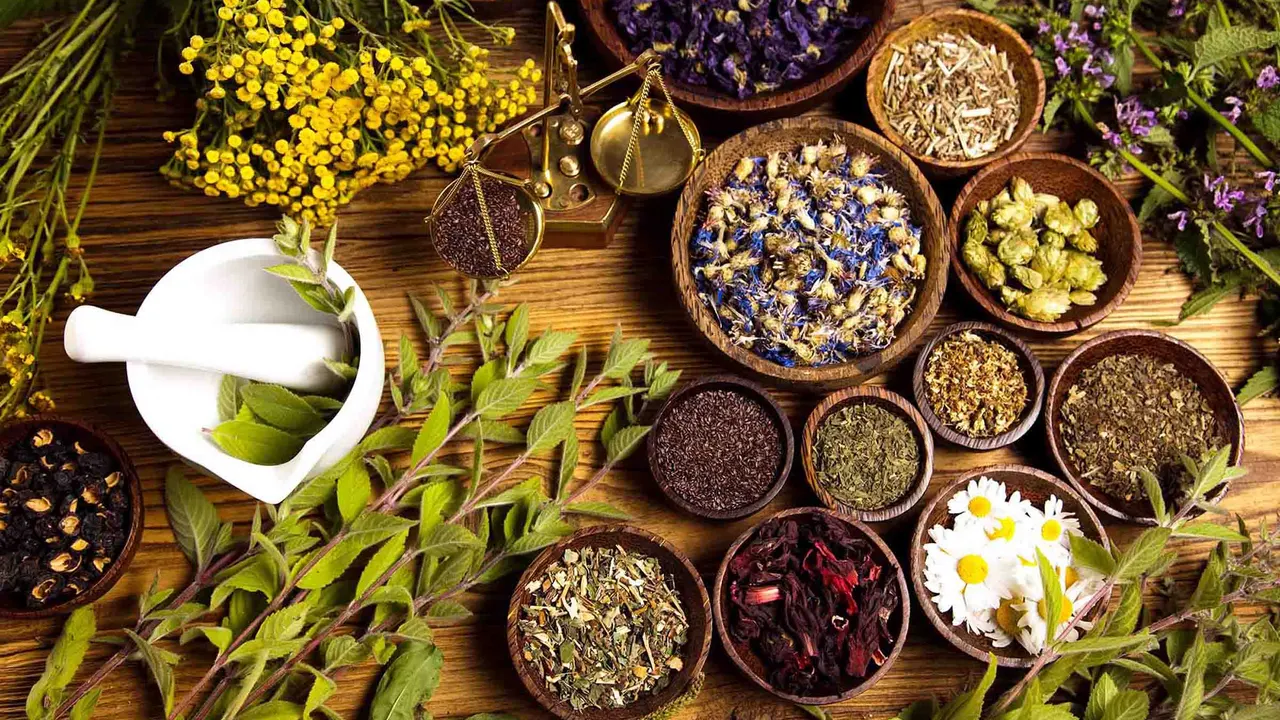Blue Cohosh Benefits: Real Answers for Everyday Use
If you’ve ever Googled "natural ways to ease period cramps" or "herbal help for menopause," blue cohosh probably showed up in the results. It’s a plant that’s been used for centuries, especially by women who want a gentler option than prescription drugs. So, what does blue cohosh actually do, and can it fit into your health routine?
What Blue Cohosh Is and Why People Choose It
Blue cohosh (Caulophyllum thalictroides) grows in North America’s woodlands. The root and bark contain compounds that can stimulate smooth muscles and influence hormone pathways. Because of that, many turn to it for two main reasons: easing menstrual discomfort and easing menopause symptoms. Unlike hormonal pills, blue cohosh is a plant‑based option that works more subtly, which is why it appeals to folks who prefer “natural” solutions.
Key Benefits You Might Notice
1. Menstrual cramp relief. The plant’s muscle‑relaxing effect can help diminish the intensity of uterine contractions, making cramps feel less sharp. Users often report a calmer abdomen and fewer back aches during their period.
2. Faster labor support. Historically, midwives have used blue cohosh to encourage uterine activity when labor stalls. Modern research is limited, but many still keep it in their birth‑plan toolbox under professional guidance.
3. Menopause symptom easing. Hot flashes, night sweats, and mood swings can be stubborn. Some women find that a low dose of blue cohosh helps balance temperature regulation and reduces night sweats, likely thanks to its mild estrogen‑like action.
4. Hormonal mood support. Fluctuating hormones affect mood. Because blue cohosh can gently influence hormone pathways, some users experience a steadier mood during their cycle or perimenopause.
5. Digestive comfort. The herb can relax the intestinal smooth muscle, which may ease bloating or occasional constipation that often accompanies hormonal shifts.
Remember, everyone reacts differently. Start with a small dose—usually a 200‑400 mg capsule or a brewed tea—and see how your body responds before increasing.
Safety matters. Blue cohosh isn’t recommended for pregnant women unless a healthcare professional says it’s okay, because too much stimulation of the uterus can be risky. Also, people with heart conditions or high blood pressure should talk to a doctor first, as the plant can affect heart rate.
When buying, look for reputable brands that test for purity and label the exact part of the plant (root vs. bark) used. That way, you avoid fillers and know you’re getting a consistent product.
In a nutshell, blue cohosh offers a natural way to smooth out some of the toughest women‑related health bumps—from period pain to menopause heat. It’s not a miracle cure, but with the right dose and professional guidance, it can be a useful addition to your wellness toolkit.
Got questions about how to fit blue cohosh into your routine? Chat with a pharmacist or a qualified herbalist, and they can help you decide the best form and timing for your needs.
Discover Blue Cohosh Benefits: The Revolutionary Herbal Supplement Gaining Popularity
Hey there, fellow wellness enthusiasts! If you haven't heard about the buzz surrounding blue cohosh, let me fill you in. It's an incredible, natural supplement that's been making waves in the health community. Made from a plant that's been around for centuries, this supplement is said to offer a range of benefits, from easing certain health conditions to enhancing overall well-being. Join me as we dive into the world of blue cohosh and uncover why everyone seems to be raving about its potential. I'm excited to share what I've learned about this game-changing addition to my own health regimen!

